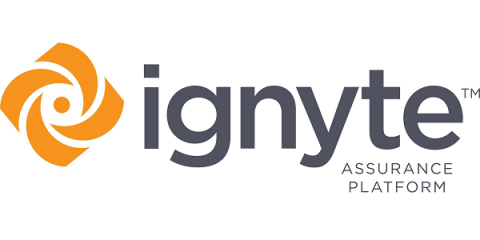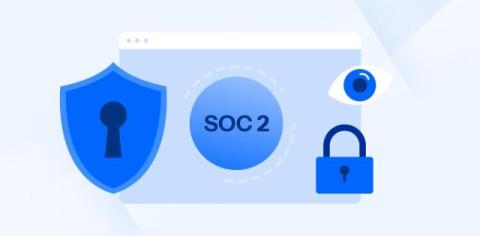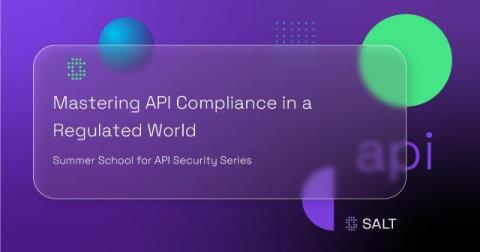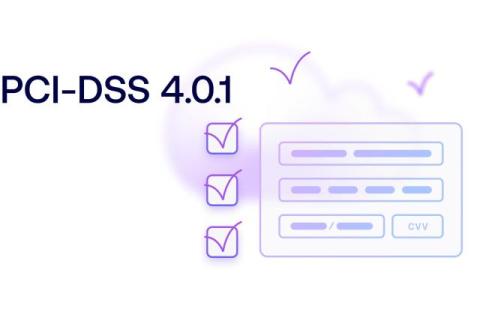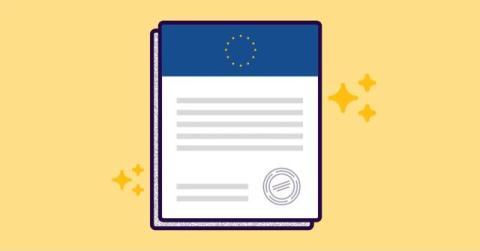What You Need to Know About the ISOO CUI Registry
We’ve written a lot about various security frameworks, from CMMC to ISO 27001, and throughout all of them, one of the core elements is the need to protect CUI. Information that is controlled at a very high – SECRET, Classified, or other – level is tightly bound by specific rules and can only be handled by select individuals. Completely base, public information is freely available and completely uncontrolled. But there’s a lot of information somewhere in the middle.


